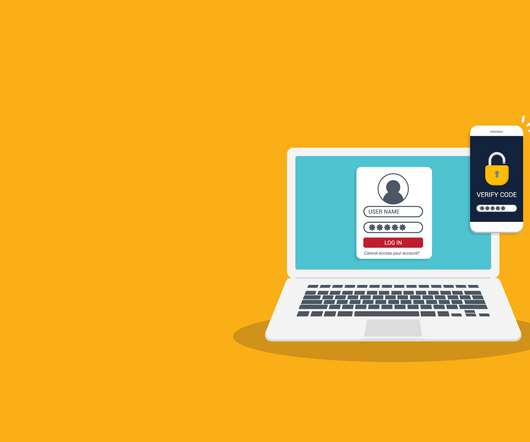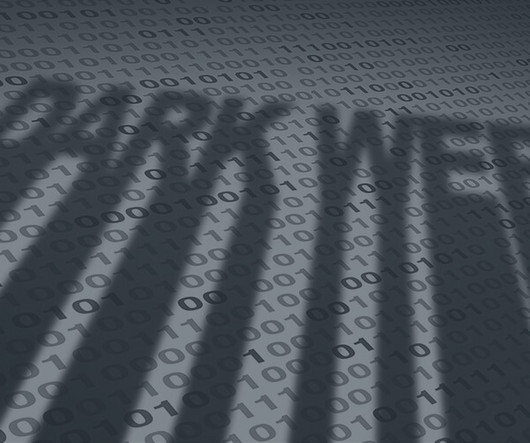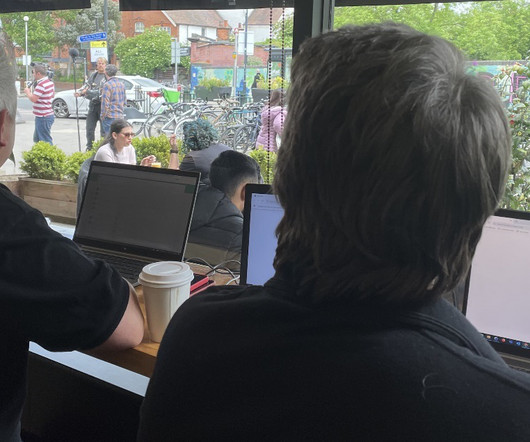The Scammers’ Playbook: How Cybercriminals Get Ahold of Your Data
eSecurity Planet
SEPTEMBER 14, 2022
According to statistics from the FBI’s 2021 Internet Crime Report , complaints to the Internet Crime Complaint Center (IC3) have been rising since 2017. This made a lot of sense, especially in the earlier days of the Internet where cybersecurity measures were nowhere near as robust as they are today. Social Tactics.
















Let's personalize your content